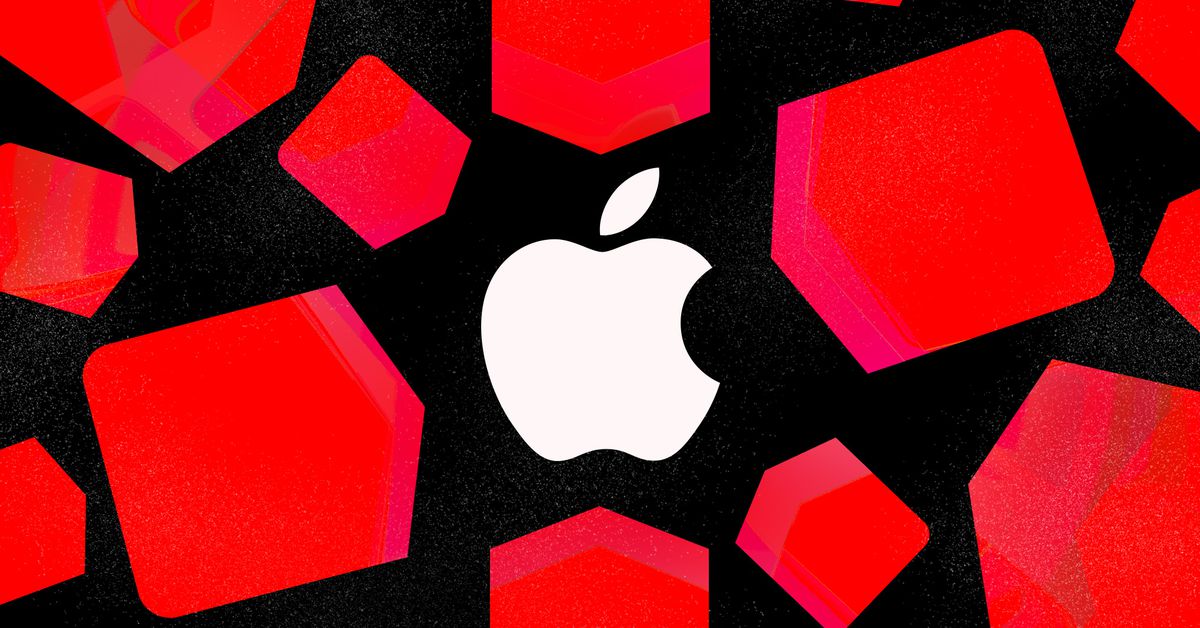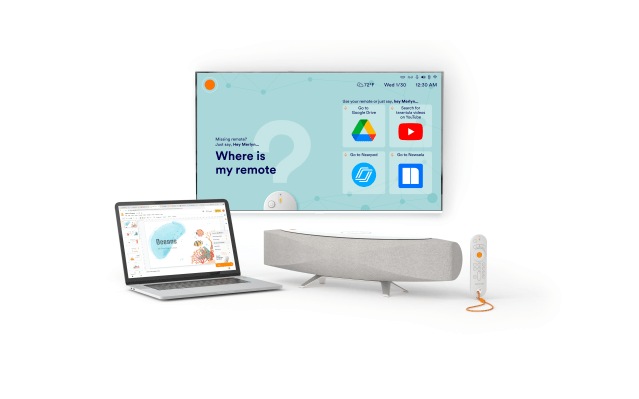How to Create an Effective Work Calendar
Our calendars are essential tools for staying on task, being productive, and prioritizing our time. Moreover, they play an important role when collaborating with others, meeting deadlines, and reminding us of upcoming events. And in addition to helping us reach...

Our calendars are essential tools for staying on task, being productive, and prioritizing our time. Moreover, they play an important role when collaborating with others, meeting deadlines, and reminding us of upcoming events. And in addition to helping us reach our short-term goals, calendars are essential in achieving the long-term goals we’re set.
However, how can a schedule be effective? Ideally, it facilitates a satisfying and productive relationship between you and your calendar. With that said, here are fifteen helpful tips for using it efficiently and effectively.
1. Select the correct calendar.
Before you can create a successful work calendar, you first have to decide what type of calendar you want to use. Generally, there are two types of calendars: paper and electronic. Unlike traditional pen and paper calendars, electronic digital calendars allow you to keep track of multiple tasks at once, set reminders, and create task dependency lists.
For my money, I suggest you download a calendar app. Why? It’s designed to help you schedule your time. By creating blocks in a calendar, you can plan out your day and stay organized. The ability to share information is another crucial aspect of a calendar tool.
What’s more, calendar apps can be accessed from anywhere, and they have artificial intelligence capabilities. The AI is capable of predicting recurring events, understanding your scheduling habits, and managing cloud networks.
2. Determine the priority of your tasks.
I want to emphasize that scheduling is only effective if you’re crystal clear on your priorities. The reason? If you don’t schedule important tasks, even the best schedule won’t deliver the desired results.
Having chosen your calendar, you should analyze your tasks. When it comes to setting up a work schedule — this is absolutely crucial. After all, randomly scheduling tasks can exacerbate a bad scheduling situation. As a result, you will waste time on some projects, while important ones will be neglected.
During your task analysis process, here are the keys to creating a schedule:
Each task’s importance. When you create a schedule, give the highest priority to your most important tasks. In order to accomplish that, you must first understand how each task fits into your overall work plan. When creating a schedule for time management, prioritize them according to their importance. The duration of each task. When you create a schedule, you are working within a limited timeframe. As such, to determine how large the calendar block should be, consider how long each task takes. Various interdependent tasks. In your schedule, consider how each task connects to the others. In the end, a report can’t be sent until the data that feeds it has been prepared. You can schedule by thinking forward (what matters in the future) and backward (what has to happen before you can do what you need to do).Each person approaches task analysis in a different way. You could, for instance, group tasks by how much time they require. You might consider scheduling several ten-minute calls back to back if you have several to schedule. It is necessary to pay separate attention to events that last all day.
The scheduling process should also take priority of completion into account. Suppose it’s June 22. A smart calendar does not make New Year’s business goals a priority in your marketing strategy. In other words, it takes a careful balance to take care of the present while keeping an eye on future projects.
3. Assess your availability.
As soon as you’ve analyzed the events that need to be scheduled, you can begin to concentrate on time itself. Essentially, this means finding out how much time you need to spend on the identified tasks. There are many kinds of tasks, such as projects, meetings, trips, and networking events. In general, they can be categorized into work, personal, and travel.
There’s a good chance that you schedule certain events around certain times. You can divide your time effectively by following these suggestions:
During weekday business hours, you may prefer to schedule work tasks. Consider scheduling those tasks only Monday through Friday if you are seeking work-life balance. During the morning or evening, you may prefer to book your travel time. On other days, this avoids scheduling conflicts during the middle of the day. Blocking off time for focused work is highly recommended for effective scheduling. If your calendar is filled with collaborative time, you won’t be able to do the deep thinking that leads to great results.As you schedule tasks, you should also consider your total time. Depending on the task, you may have months to complete it. It is also possible to build a schedule for only a single day. Here, being reasonable is key.
You should plan to work within a reasonable amount of time. Also, overcommitting will set you up for failure. Make sure your schedule is realistic so that you can stick to it regularly. Make sure your schedule is realistic so that you can stick to it regularly.
4. Tasks should be matched to time.
Making an effective work calendar involves matching tasks with time. Following your ranking of the items you’re scheduling, you evaluated your available time. As soon as the tasks are matched to the available time, the next step is to secure the resources.
All of this comes back to how you prioritize your tasks. Adding events to your calendar based on due dates will help you stay on top of your priorities. You should plan long-duration or short-duration tasks first if you’re scheduling by time. Whenever you’re planning, take it one day at a time.
A realistic schedule that’s easy to stick to can be built by adhering to the planning rules that are most effective for you. Make sure you keep them in mind when scheduling tasks and events. The result will be a clear schedule that’s easy to follow.
5. Block out times or “core hours” on your calendar for specific tasks.
You can block out specific portions of your day to complete mundane tasks or simply to avoid interruptions for a specified period of time.
For example, it’s becoming increasingly common for companies to implement a schedule of “core hours” during which employees are expected to be online for project collaboration between 10 am and 2 pm or 1 pm and 4 pm. In other words, any time after these hours is a meeting-free zone, boosting productivity and preventing burnout caused by constant online interaction.
“One of my productivity tips is quite obvious, but it’s helped me so much. It’s just calendar blocking, but to be really specific,” says Zara Easton, UK-based head of brand marketing at LinkedIn. “Sometimes I’ve got these five quite monotonous tasks, but I need to get them done. I bundle those together and block that out of my calendar and make sure I turn off everything else, so I focus on getting that done.”
6. Make your days themed.
Take a couple of minutes and check out your calendar. Almost everything you listed takes place at different locations and requires different skills and resources. The result? You waste a lot of time.
Having an afternoon meeting, for example, means stopping what you are doing to attend. Furthermore, you’ll need time to prepare and potentially commute. Additionally, refocusing on your next task requires time after the meeting.
With theme days, you avoid shifting gears mentally since you know what you’re working on and when. On Mondays for example, you might spend time writing blog posts, on Tuesdays you might schedule all your meetings, and on Wednesdays, you would do marketing.
7. Follow the rule of 52/17.
Those who are most productive work for 52 minutes and then break for 17 minutes.
Some of the reasons why this management tool is so effective are as follows:
The first advantage of working shorter periods is that you work more purposefully. It is similar to sprinting at the end of a race. Your only focus during those 52 minutes is on completing tasks.
The second reason is that you need time to catch your breath after working in sprints. In order to function properly, our brains can’t work constantly. Our bodies become fatigued and bored after a while. Our brains need a break every hour or so to recharge and rest.
8. Schedule detailed tasks.
An explicitly descriptive task will be much more effective on your calendar than a generalized one. For example, let’s say that the project you are creating involves getting a specific product, service, or event mentioned in the media. You can’t just enter in your calendar “get media mentions” and leave it at that. In addition to being vague, that type of entry is obvious, since it only tells you what you already know.
In an appropriate entry, this task might have been written as, “Reach out to five media publications”, or “Contact Mrs. Waters, the publicist at the local media association.”
With descriptive tasks, you get ready-to-use tasks that are just waiting for you to complete them. As a result, even if he or she wasn’t originally assigned this task, anyone on the team will be able to fully understand what needs to be done.
9. Add buffer times.
Add time buffers to your calendar instead of jumping from one item to the next immediately. In these periods, you can grab a snack, commute, prepare, or just rest. Putting an hour between two meetings, for instance, will accommodate travel time, reflection, and preparation time.
10. Put controllable tasks on your calendar.
In life, there are some things that are beyond our control. Although we cannot control everything, there are some things we can control, like scheduling. Creating a calendar as a project manager will be most effective when you schedule tasks you can control, either directly or indirectly. When scheduling tasks that are interdependent and time-sensitive, this is especially true.
When you control tasks in your calendar, you eliminate instances in which someone who controls the task decides to change its progress. Such instances will do nothing short of disrupting your entire calendar.
11. Color-code your calendar.
Due to the large number of items on your calendar, it may be difficult to differentiate them quickly. To make your calendar easier to understand, color code it. For work-related tasks, you can use red, for meetings, and for social obligations, you can use blue.
Additionally, you can use bold fonts and all caps to emphasize important dates and deadlines. Using your calendar, you can see what your priorities are for the day, week, or month ahead.
12. High-risk tasks should be scheduled early in the project.
Almost every project involves a risk that may cause delays when you least expect them. As a result, it is recommended to plan for any contingencies in advance. The earlier they are scheduled, the better the chances are for a successful project outcome.
Overall, risky tasks should be scheduled early rather than letting nature run its course. As a result, you will have adequate time to resolve any problems that may arise throughout the project.
13. Share your calendar with others.
It is important to make sure that your calendar can be shared with others, whether it is with your spouse, business partner, or virtual assistant. By doing so, everyone will know when you are in a meeting, traveling, or available for a quick call.
Another reason to share your calendar? Imagine that you and your business partner have been invited to meet with a potential investor. You only need to add the event to the shared calendar. It’s now unnecessary to call, text, or email them. In addition to receiving the details of the meeting, they will receive a calendar notification that gives them the option to accept or decline.
14. Only add new events and tasks if they serve a purpose.
Consider the purpose of any new event or task before scheduling it. This way, you won’t have time-wasting activities on your calendar. Consider your goals before agreeing to a meeting, for instance. It is also important to have an agenda that outlines the meeting’s purpose, duration, and location. It is also important to have an agenda that outlines the meeting’s purpose, duration, and location.
15. Schedule nothing.
Generally speaking, during the day, you should schedule everything that needs to be done on your calendar. However, you should also block out times when nothing is planned.
LinkedIn’s CEO, Jeff Weiner, schedules between 90 minutes and two hours of these buffers every day. Weiner usually records them in blocks of 30 or 60 minutes. He schedules a time to do nothing instead of only booking appointments. He uses these blocks of time to think about the future, catch up on industry news, walk, or catch his breath.
A similar method is used by Richard Branson. “Open your calendar and schedule time — just to dream. Put it in your diary like you would a meeting,” Branson wrote in a 2017 blog post. “Far too many people get weighed down in doing, and never take the time to think and feel. Take five minutes, an hour, a day, or even a holiday. If you free up some time to think freely, you’ll be able to see the bigger picture much easier.”
Warren Buffett is another successful person who leaves their calendar blank. The idea was so effective that Bill Gates adopted it. “You know, I had every minute packed, and I thought that was the only way you could do things,” Gates said during a 2017 conversation with Buffett. In response to Buffett, Gates realized his calendar needed more blank space.
“You control your time,” says Gates. “Sitting and thinking may be a much higher priority than a normal CEO, where’s there all these demands and you feel like you need to go and see all these people. It’s not a proxy of your seriousness that you fill every minute in your schedule.”
There is even evidence that when your mind is relaxed and unfocused, you can be more creative. You might have those “aha” moments in the shower or while walking if your mind is free. By doing so, you can come up with fresh ideas.
Published First on Calendar. Read Here.
Featured Image Credit: Photo by Anna Nekrashevich; Pexels; Thank you!
![]()
Calendar
We are Calendar, trying to make the world a much more productive place. Check us out online at https://www.calendar.com.

 KickT
KickT 
































